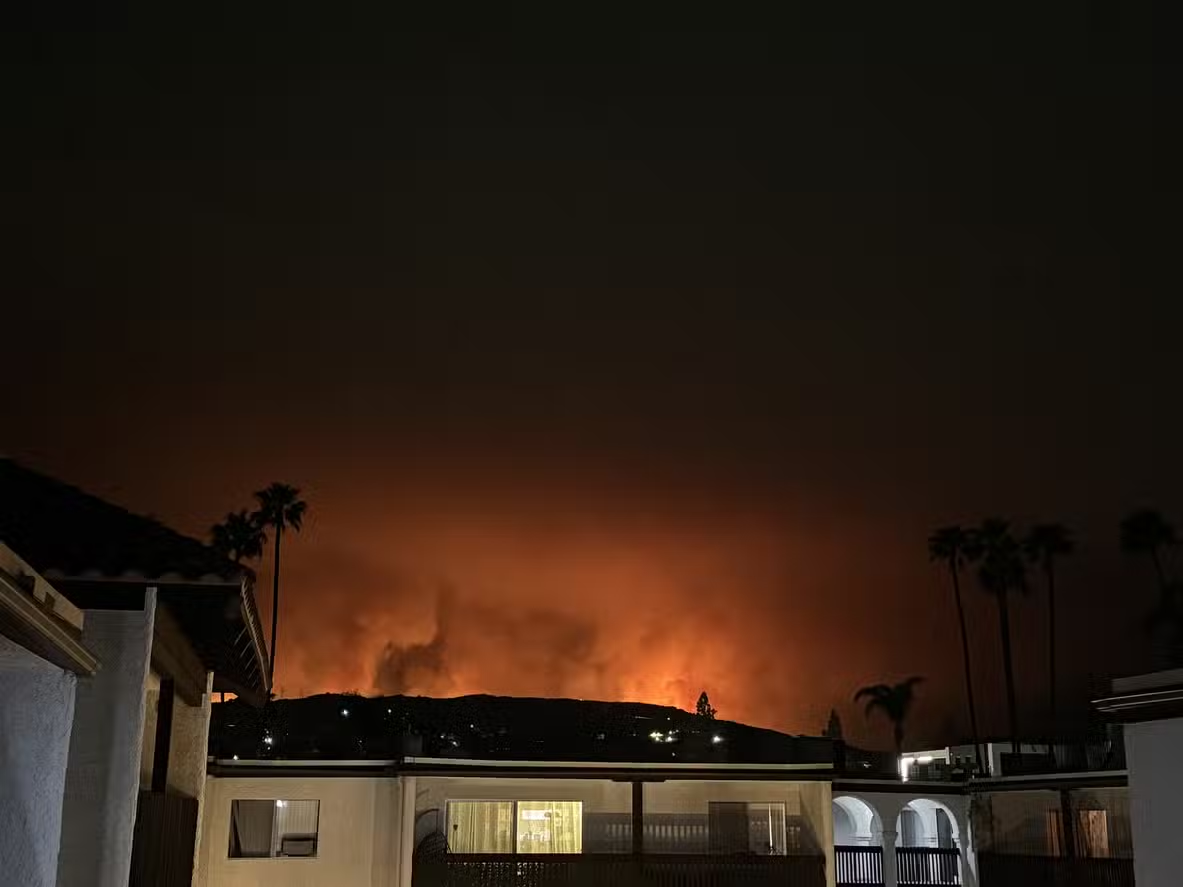Section 1; Getting to Know the California Government Claims Act
Historical Context and Purpose
Originally named the Tort Claims Act, the California Government Claims Act was put in place to establish the rules and boundaries for filing claims against government bodies. This legislation was created as a response to the concept of immunity, which historically shielded government entities from being sued without their approval. The primary goal of this Act is to find a ground where government bodies can be held accountable for their actions while also safeguarding public resources from unnecessary legal actions.
Application
The Government Claims Act pertains to government bodies such as state agencies, counties, cities and specific public entities. It encompasses claims related to injuries, property damage and other losses caused by the actions or negligence of government employees or agencies. This Act plays a role in ensuring that individuals have a structured and just process for seeking reparation from the government.
Submitting a Claim Against the Government
To startva claim under the Government Claims Act, the individual making the claim must adhere to steps;
- 1. Claim Form: Acquire and fill out the appropriate claim form usually available on the particular government entitys official website.
- 2. Detailed Account: Provide details, about the incident including dates, location and circumstances surrounding any injuries or damages incurred.
- 3. Evidence: Ensure to include any supporting documents, such as photos, medical records and witness statements to back up your claim.
- 4. Submission: Remember to submit the completed claim form along with the supporting evidence to the government office within the specified time limit.
Deadlines as per the law;
Personal Injury and Property Damage; Claims must be submitted within six months from the incident date.
Claims; Claims related to breach of contract or non injury matters should be filed within one year.
Missing these deadlines could lead to your claim being rejected leaving you with no options.
Exceptions and special situations that may impact deadlines;
Minors or those incapacitated; Extended deadlines may apply for claims involving minors or incapacitated individuals.
Continuous harm cases; If harm occurs over time filing deadlines can be extended accordingly.
Tolling provisions; In some cases like when the claimant is unaware of harm limitations, on filing time may be paused.Section 2; Legal Principles and Court Interpretations
Legal Rules for Government Accountability
According to the Government Claims Act government bodies can be held responsible for injuries or harm caused by their employees negligent or wrongful actions if those actions were carried out within their job responsibilities. This principle signifies a waiver of immunity, which historically shielded government entities from liability. The main legal criteria include;
Differentiating Acts from Ministerial Acts; Discretionary acts involve judgment or choice and typically come with immunity while ministerial acts are routine tasks performed without significant personal judgment and do not come with immunity.
Burden of Proof
Claimants need to demonstrate that the government entity or its employees were negligent or involved in actions that directly led to the injury or harm. Key aspects include;
Duty of Care; Establishing that the government entity had a duty of care towards the claimant.
Breach of Duty; Showing that the duty of care was violated.
Causation; Establishing that the violation of duty directly caused the injury or harm.
Damages; Proving that actual damages arose from the breach.
Defenses Available to Government Bodies
Government bodies have defenses at their disposal;
Immunity Provisions; Certain activities and decisions are safeguarded by immunity, such, as legislative decisions or discretionary functions.
If the person making a claim is partly responsible the liability of the government entity could be reduced accordingly. Certain laws might offer exceptions to liability for types of claims.
When a government claim gets rejected the person can challenge it by taking action in court. The process involves;
- Filing a Lawsuit; The individual must file a lawsuit within six months of the claim being denied.
- Court Proceedings; The court will examine the claim, evidence and arguments from both sides.
- Appeals; If the court ruling is unfavorable there's an option to appeal to a court.
Changes in laws can impact how the Government Claims Act is understood and applied;
- Legislative Updates; Changes in statutes can affect deadlines for filing claims, immunity provisions and other aspects of the claims process.
- Case Precedents; Judicial decisions establish precedents that influence how laws are interpreted in cases.
Section 3; Advice and Case Studies
Useful Tips for Submitting a Government Claim
Successfully navigating through the Government Claims Act requires careful attention to detail and following legal procedures;
Timely Submission; Make sure to file claims, within the specified time limits.
Provide accurate information when filling out the claim form.
Consider hiring a lawyer experienced in government claims to assist you and increase your chances of success.
Watch out for errors like incomplete forms or missing evidence that could harm your claim.
Case Study 1; Successful Government Claim
A pedestrian was injured on a maintained sidewalk.
The claimant submitted a thorough claim form along with records and witness statements and proved that the city was aware of the sidewalks condition.
The claim was. The claimant received compensation for medical expenses and pain and suffering.
Key Takeaways; Emphasize the importance of documentation and proving that the government entity was aware of the hazard.
Case Study 2; Unsuccessful Government Claim
A driver filed a claim following an accident involving a government vehicle.
The claim was submitted late. There wasn't enough evidence to prove fault on the part of the government driver.
The claim was denied due, to missed deadlines and lack of evidence.
Key Lessons; It's crucial to meet deadlines and gather evidence to support your claim effectively.
Failure to include details or meet procedural requirements may lead to the rejection of potentially valid claims.
Opinions and Insights from Experts
Legal Professionals; Experienced lawyers specializing in government claims can offer valuable insights into navigating the complexities of the Government Claims Act. They may discuss;
Challenges in Establishing Liability; Expert views on the hurdles faced by claimants when proving government responsibility concerning discretionary actions.
Tips for Claimants; Recommendations on practices for preparing and submitting a claim, such as maintaining well organized records and seeking legal advice early in the process.
Dealing with Immunity Defenses; Commentary on how government entities use immunity defenses and strategies to effectively counter such defenses.
Perspectives from the Bench; Views from judges or legal experts on how courts approach government claims and factors influencing decisions. These insights provide an understanding of perspectives and compelling arguments in court.
Policy Considerations; Conversations about the policy implications of the Government Claims Act, including its balance, between public accountability and safeguarding public resources.
Debates among experts may arise regarding the fairness and effectiveness of the system along with suggestions for potential reforms.
In conclusion and reflecting on the points discussed in the blog it is crucial to grasp the significance of understanding the Government Claims Act for individuals looking to file claims against government bodies.
Emphasizing the role of legal representation in navigating the complexities surrounding government claims is essential. It is advised that readers seek guidance from personal injury attorneys to improve their chances of a favorable resolution.
Key sources include California Government Code Section 810 et seq. detailing claim filing procedures and California Government Code Section 911.2 specifying time limits for presenting claims to entities.
An example of case law cited is Williams, v. Horvath 16 Cal. 3d 834 (1976) which discusses the Government Claims Act and emphasizes filing requirements.
The Muskopf v. Corning Hospital District case from 1961 marked a moment by ending sovereign immunity for public entities paving the way for the Government Claims Act. California Civil Code Section 3294 deals with damages, including damages that could be relevant in certain claims against government bodies. Additionally California Rules of Court Rule 3.1700 outlines the procedures for claiming costs and attorneys fees in disputes involving government entities. By following these guidelines and referencing sources the blog aims to offer a detailed and accurate guide for those looking to understand and navigate the Government Claims Act, in California.


















